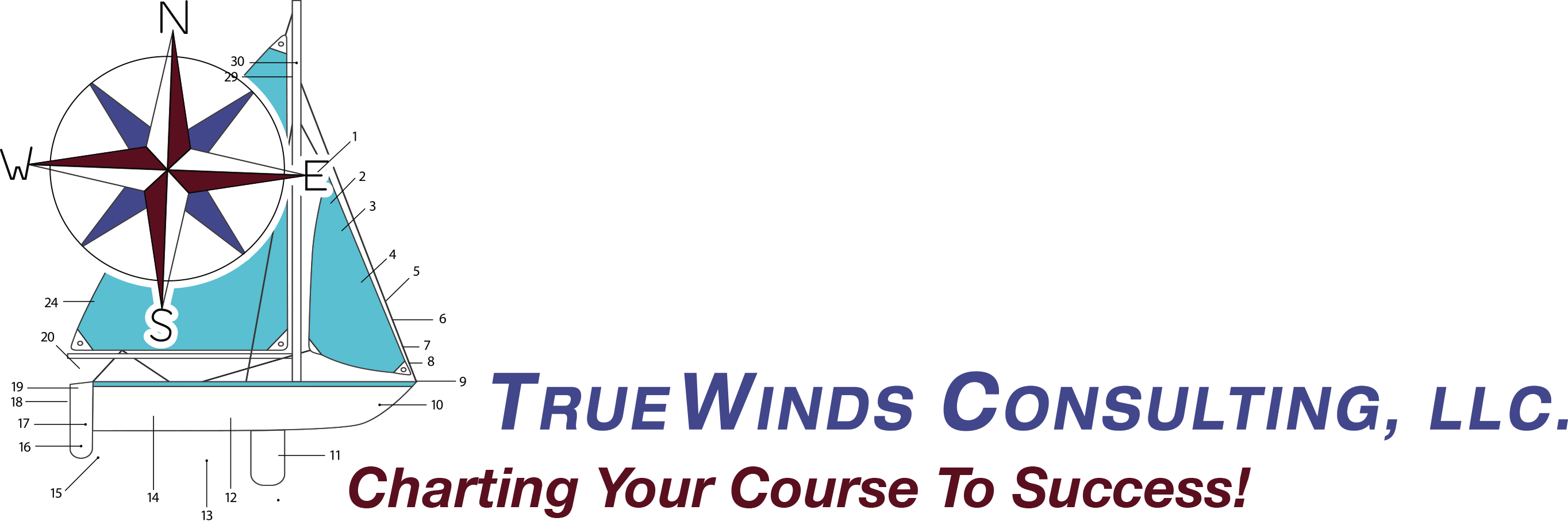As the echoes of Labor Day fade away, the back-to-school rush is in full swing, and your business has navigated through the challenges of spring and summer. Now, it’s time to shift your focus towards the future, and that means one thing – budgeting season is here again!
Budgets come in all forms, tailored to monitor various financial aspects of your business. There are Operational Budgets, Cash Flow Budgets, Capital Budgets, and Static Budgets, each serving a unique purpose.
Operational budgets, the most common of the bunch, aim to forecast yearly revenue and expenses accurately. They take into account factors such as sales, production, labor costs, materials costs, equipment, and administrative expenses. These budgets provide a consistent benchmark, allowing you to assess whether your company aligns with its planned trajectory month after month.
In the world of budgeting, there are two fundamental approaches: Traditional and Zero-Based. Typically, businesses utilize a combination of both. Traditional budgeting is rooted in historical performance, with adjustments made for the future. Zero-Based budgeting, on the other hand, starts from scratch, as if there were no history to guide it. In this method, every expense and income item must be justified anew.
Zero-Based budgeting places the responsibility on management to validate expenses and strives to enhance an organization’s value by optimizing costs, not just revenue.
The elegance of zero-based budgeting lies in its reversal of the traditional budgeting process. While incremental budgeting looks at changes from past years, zero-based budgeting demands that every line item in the budget, not just the alterations, be thoroughly justified. It requires a fresh budget each year, with no reference to the past.

Advantages:
- Efficient allocation of resources based on needs and benefits, rather than history.
- Encourages cost-effective improvements in operations.
- Boosts staff motivation by fostering initiative and responsibility.
- Enhances communication and coordination within the organization.
- Identifies and eliminates wasteful expenditures and outdated operations.
- Uncovers opportunities for outsourcing or insourcing.
- Facilitates more effective delegation of authority.
Disadvantages:
- More time-consuming compared to traditional budgeting.
- Justifying every line item can be challenging for cost centers with intangible outputs.
- Requires specific training due to increased complexity.
Be Well, Do Good Work, and Keep In Touch.
Fred Haskett
To Learn More Contact Fred at TrueWinds ConsultingAre You Ready for 2024? Join us on October 24th and Master a Well-Crafted Business Plan!

Join us on October 24th at 3 p.m. ET / 2:00 p.m. CT for the “Mastering Your Growth: Annual Business Planning Webinar” hosted by renowned expert Fredric R. Haskett.
Reserve your spot now to gain invaluable insights into business planning and budgeting strategies.



